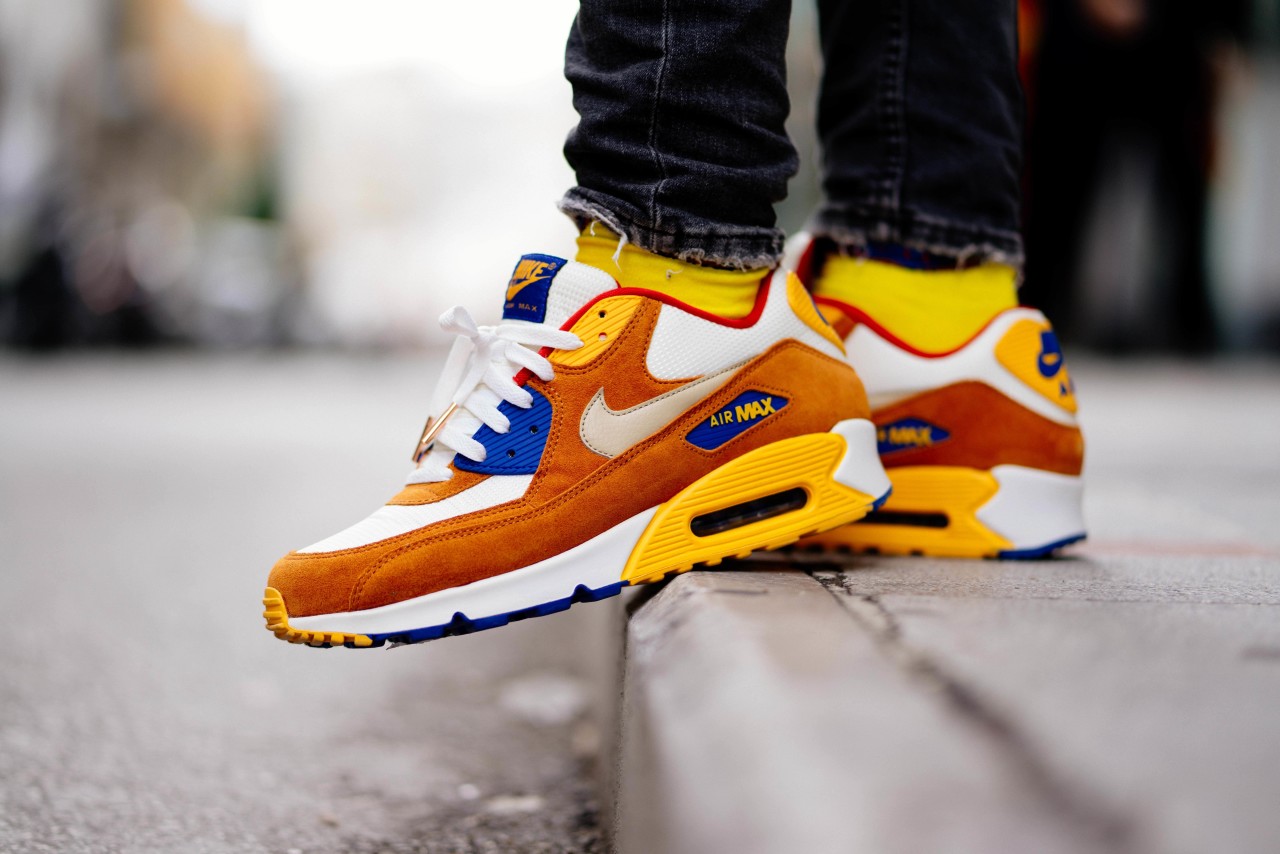What is a design sprint?
A problem-solving approach.
Design sprints are a problem-solving approach that use design thinking concepts to quickly generate, prototype, and test solutions to business challenges.

Step 1: Understand
Start by building understanding of the problem or opportunity at hand. What are we trying to achieve? Just as importantly, who are we designing for, and what are their needs?

Step 2: Ideate
What are the various ways we might solve the problem or tackle the opportunity? Our goal here is to cultivate multiple possible solutions before we work to cull the list.

Step 3: Decide
Of all the ways we might solve the problem, what is the team's best collective solution?

Step 4: Prototype
Craft a solution prototype that looks and feels sufficiently real to solicit feedback from users. What we're after is not perfection, but an articulation of the concept that can be used to gather input.

Step 5: Test
Use the prototype to conduct user interviews to determine if the solution has merit.






